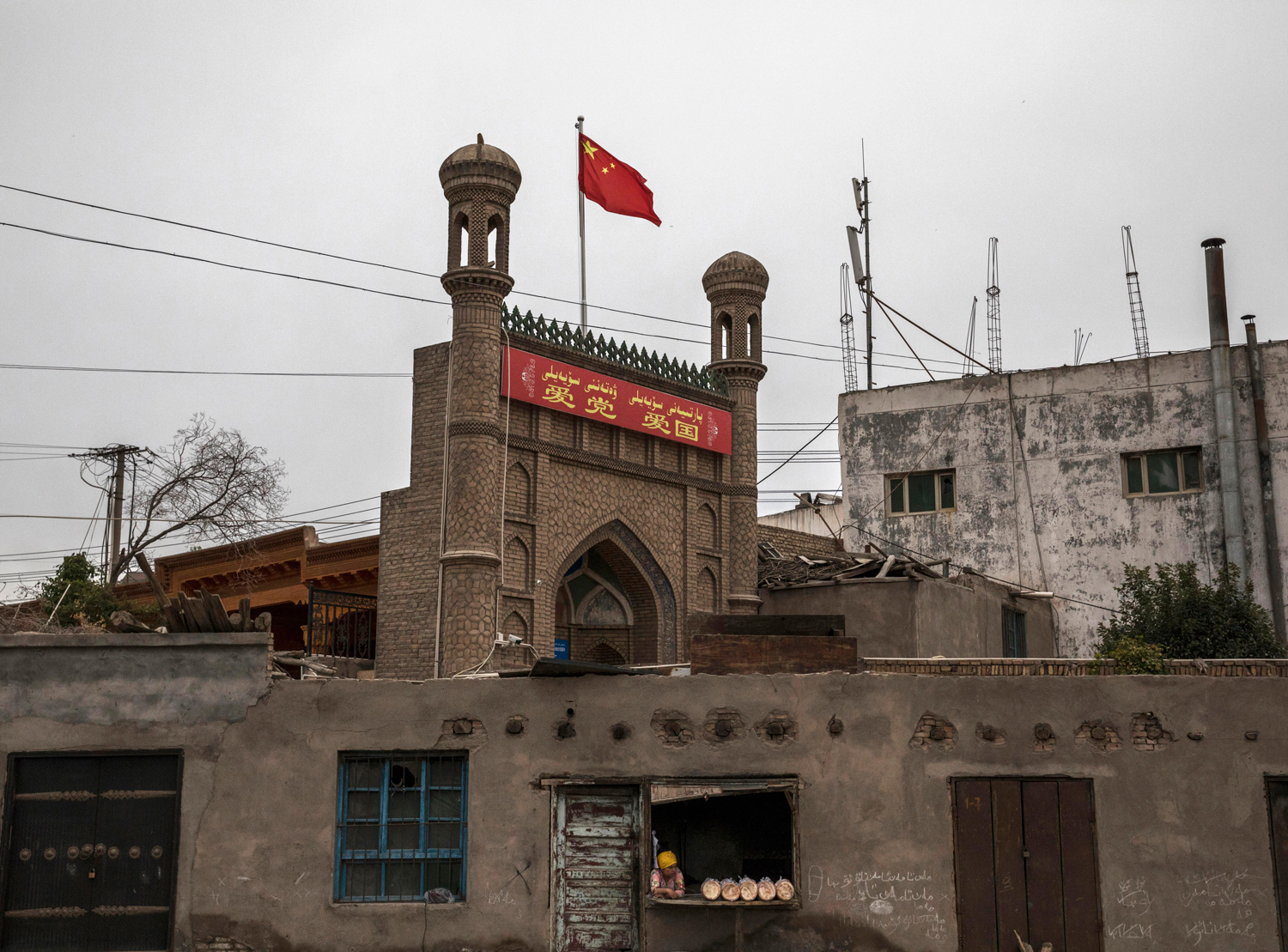‘Now We Don’t Talk Anymore’
December 28, 2018The imprint of coercive secularization was also visible on Uighur bodies through intrusive state controls on religious dress, resulting in a lack of veils and headscarves, and shorter tunic length on women, as well as in an absence of facial hair on men. Back in 2004, as the Islamic revival gathered pace, it had been common to see women, and even young girls, wearing the niqab or hijab in the Uighur district of Urumqi.
As recently as 2016, many young women in Urumqi had donned a turban-style head-covering or a modified version of the hijab, in a nod to global sartorial trends for Muslim women. But the situation was then already worsening in the south. Uighur migrants who had fled to the regional capital from Kashgar told me, “a lot of people down south have been put in prison for very small things, like wearing veils and growing beards.” By this summer, it was rare to see anything but the flimsiest chiffon headscarf in Urumqi, while in Kashgar head coverings were not in evidence at all. Similarly, where Uighur men had earlier worn beards or at least a moustache, all but the elderly were now strangely clean-shaven.
Images emerged in July, first on social media, then in online news reports, of C.C.P. cadres enforcing secular dress codes by cutting short Uighur women’s dresses in the street. The women in the photographs look humiliated, with some attempting to cover their face before the camera.






